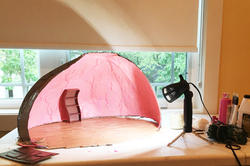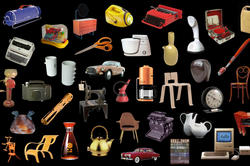In the face of the COVID-19 crisis, Film/Animation/Video students and faculty are embracing the department’s core values.
Adapting with Ingenuity
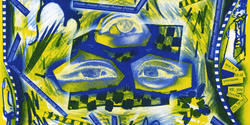
In facing the challenges that COVID-19 poses to studio education, the Graphic Design department has drawn from its strength as a community of creative communicators to build dynamic remote learning environments and make work that is both publicly engaged and personally meaningful.
"I think this is actually a good opportunity... to examine our teaching model and realize [the value in] other ones," says Assistant Professor Ramon Tejada, who is teaching sophomore design and senior degree project studios this spring. Here he and fellow assistant professors Kelsey Elder and Minkyoung Kim MFA 15 GD talk about transitioning from on-campus to remote learning and how designers are reevaluating the role of creative practice in a world that is now even more unpredictable than ever.
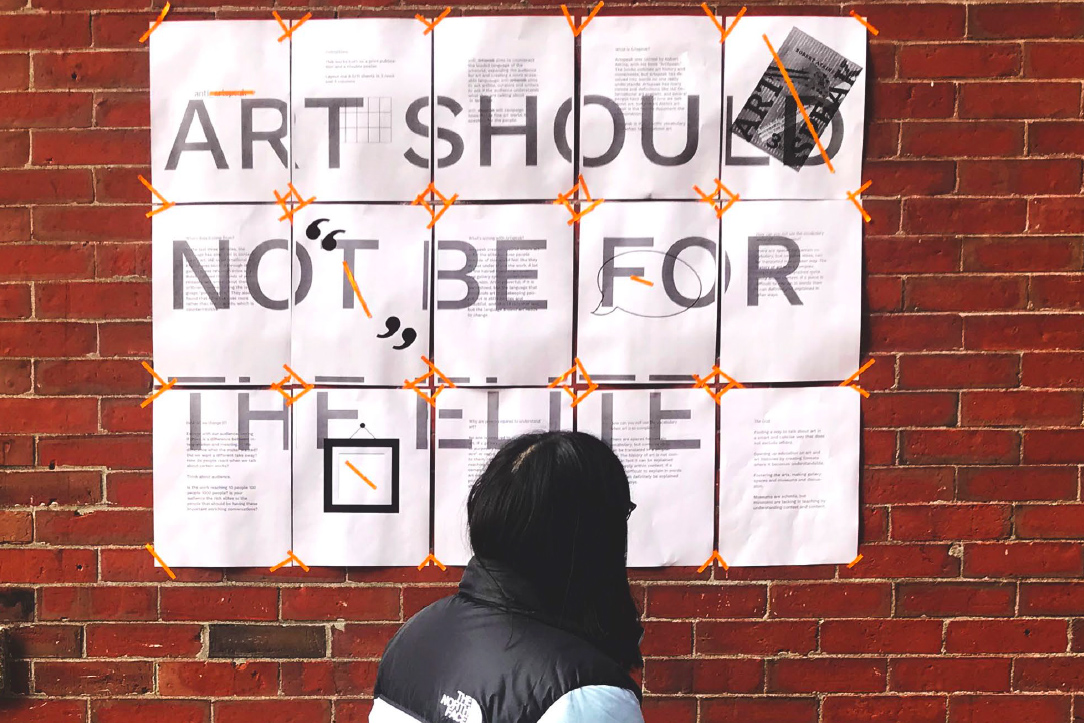
How did you figure out how to move your class to a remote learning environment in less than two weeks?
Tejada: I think we’re lucky in Graphic Design because we can go back and forth with dexterity between the physical and digital worlds. The department is also very collaborative by nature and there’s a lot of trust among the faculty, so that helped us figure out how to do this together.
Kim: Since the projects I’m offering [in a code-based studio called Generative Design] are digital in nature it was easy to adjust the classes themselves. But we still had to figure out how to communicate online. In the studio it’s natural for people to [talk spontaneously], whereas now you have to schedule [conversations]. That’s a big difference.
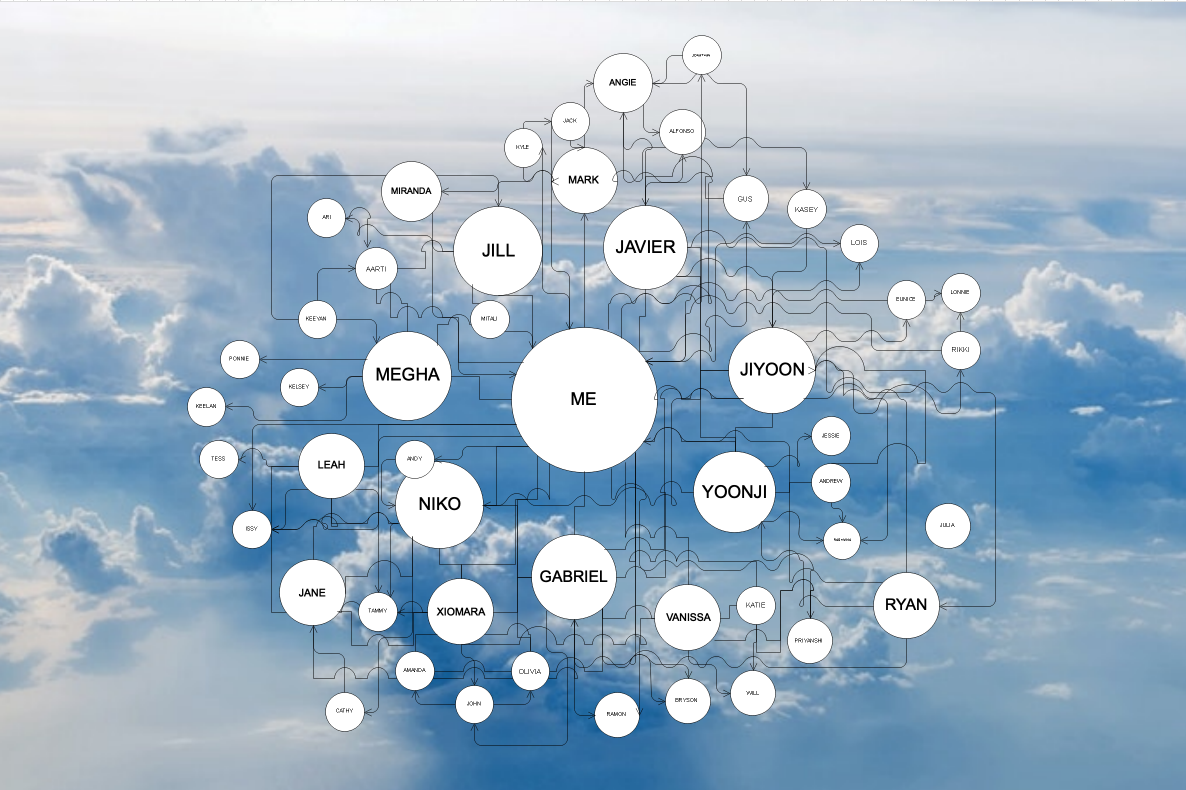
How are you and your students supporting one another?
Tejada: A couple of students who went home to China and immediately went into quarantine when they arrived were really excited to just get back to work. And on the first day of sophomore studio I could see everyone smiling and waving when they saw each other on Zoom for the first time. A lot of parents also made special appearances, walking past the camera and students saying, “Hi Mom! Hi Dad!”
Elder: The biggest thing in going remote has been trusting my students. And that seems so obvious. Of course the grads and the undergrads are all going to be super generous with one another because they are awesome. That’s why they’re at RISD!
And when I saw my students on the first day, I actually got really emotional. We had already been communicating with each other on Slack and creating channels called #studio-vibes for sharing things outside of coursework—just trying to keep one another’s spirits up.
“Maybe we all just have too much... of everything.... Now we have a chance to think about the essentials of our practice and realize that we can make things with actually very little.”
How have you been able to bring studio culture into virtual space? And how is learning remotely changing the way students work?
Tejada: In our first week back a lot of my students talked about the opportunity this moment is giving us to think about what we make and what we need to be making. I think that’s a good frame of mind for students who are used to all the bells and whistles of every studio and every lab to get into.
This might be a bigger cultural issue, but maybe we all just have too much—too much expectation that we must always have all of everything. And maybe that’s made our work as designers something that it doesn’t really need to be. Now we have a chance to think about the essentials of our practice and realize that we can make things with actually very little.
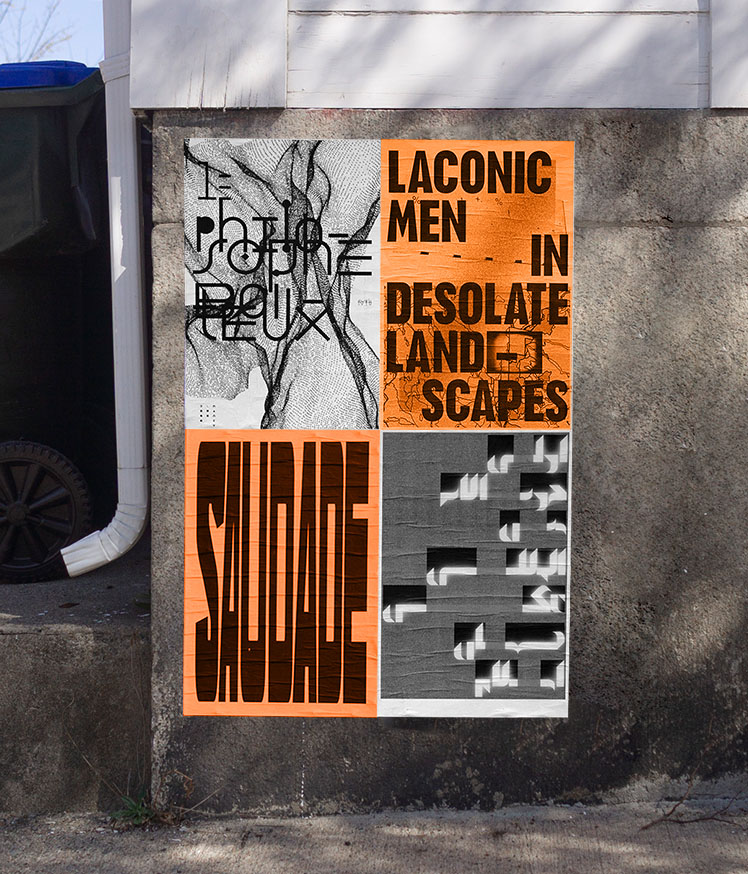
Elder: Many of my students are digging deep into research whereas when we were in the studio they more immediately jumped to point C in the creative process. It’s been good seeing how much heavy lifting they’re putting into the work right now.
In the graduate seminar, where so much of the work is students thinking about practice within the current context of the field and the world, it’s interesting to see this manifest at a cultural inflection point like this. What they’re writing right now is less reflective, more prescient and future facing.
“Many of my students are digging deep into research.... It’s been good seeing how much heavy lifting they’re putting into the work right now.”
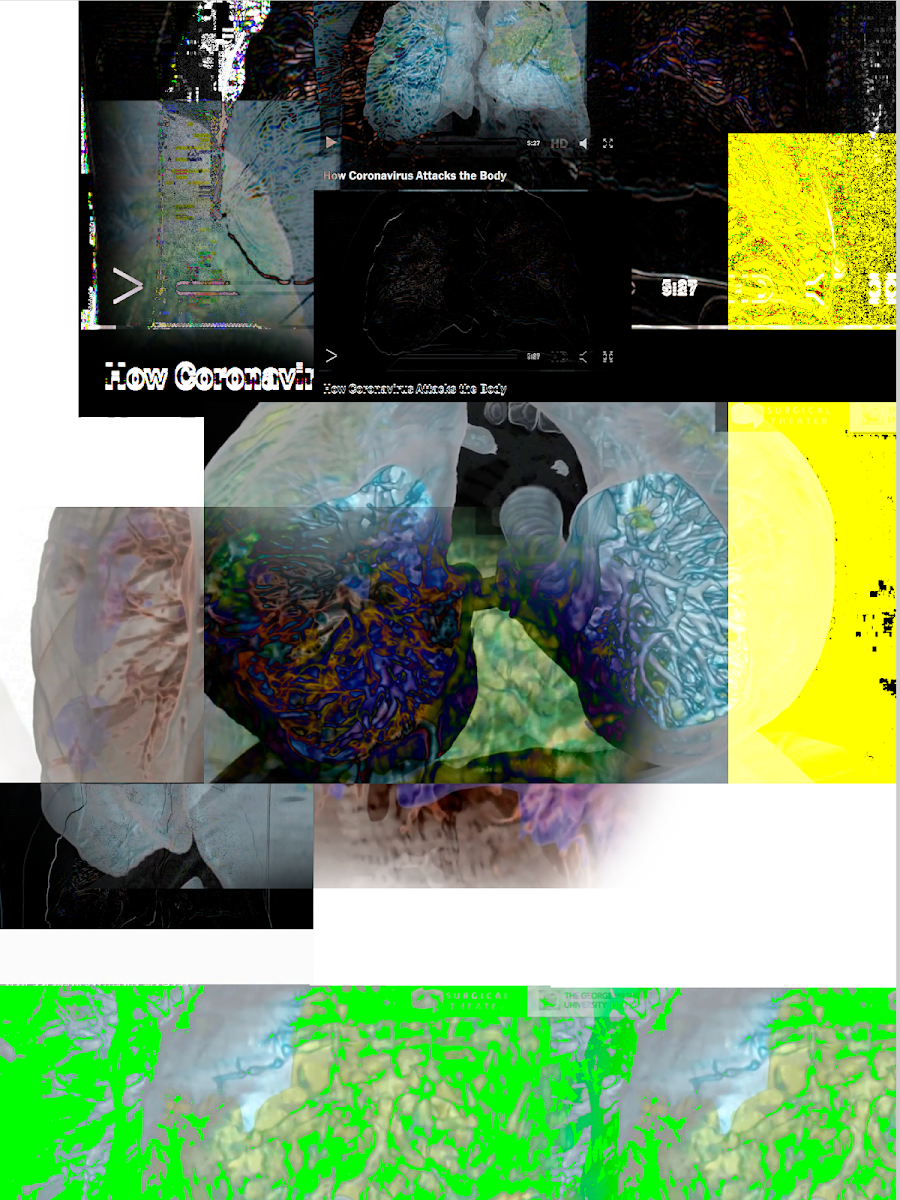
Are any of your students starting to address COVID through projects?
Kim: Oh yeah. One student has been collecting news images and trying to make serialized work capturing the gradual changes that she’s observing since news gives her the only way of knowing and feeling what’s happening in the world right now.
Another had already been looking at online grocery shopping in an interesting way before [the COVID-19 outbreak]. Since that has suddenly become a really important social matter, he’s now working on how to reflect the current situation in his work.
Tejada: I think the scope of the pandemic became clearer for many students when they got home. [They saw that] this isn’t just a RISD moment or a higher ed moment—it’s a global moment. That has helped them pivot to ask what this means for them as artists, as designers, as people.
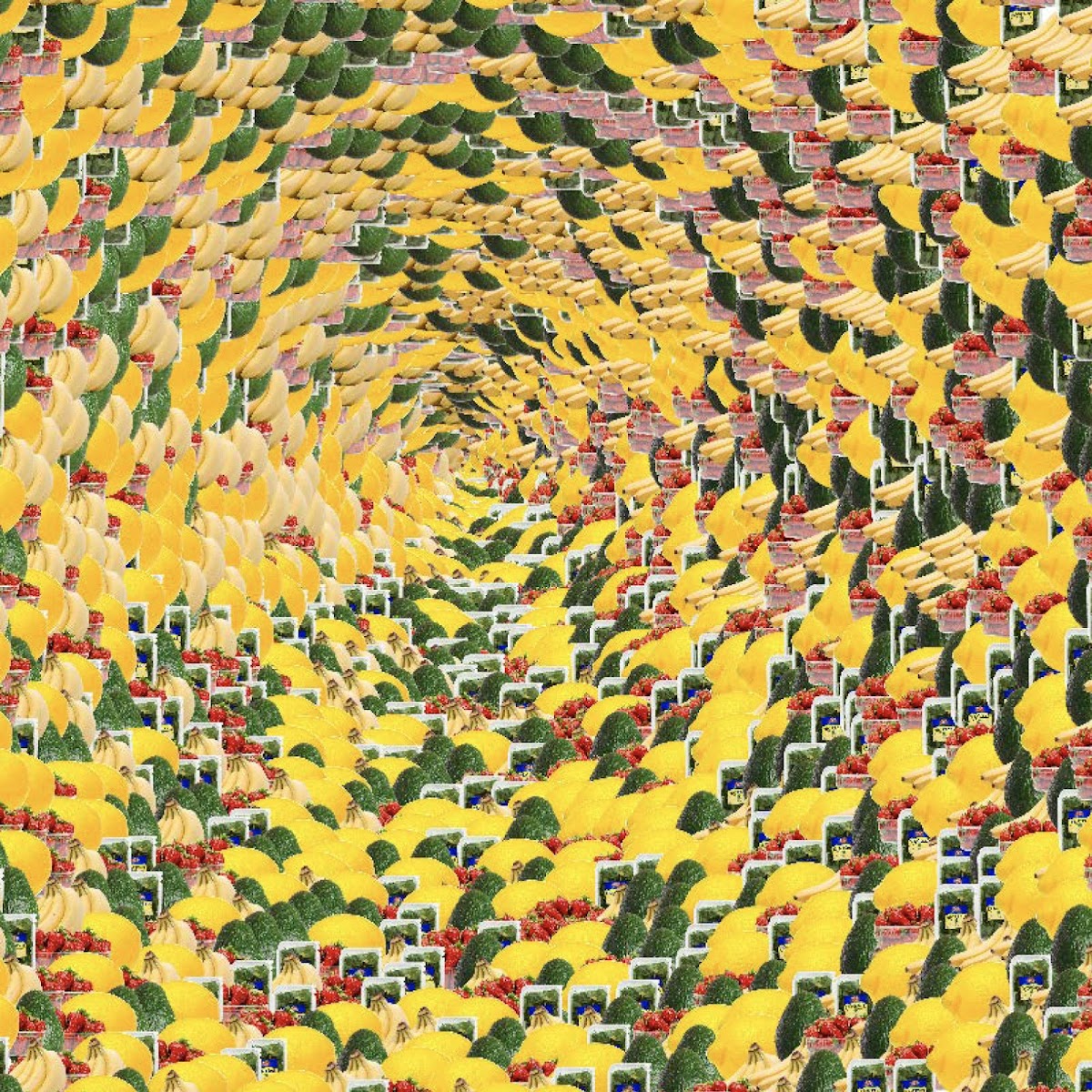
“Since [remote teaching] is screen-based, I can... really see each person. That’s helpful for focusing on them as individuals.”
Are there aspects of teaching this way that are important to retain?
Kim: Since [remote teaching] is screen-based, I can observe the vibe of the room and really see each person. That’s helpful for focusing on them as individuals and not just looking at a class as one big group. I want to be able to see if someone is ok or if I need to customize how I’m teaching for one person or another.
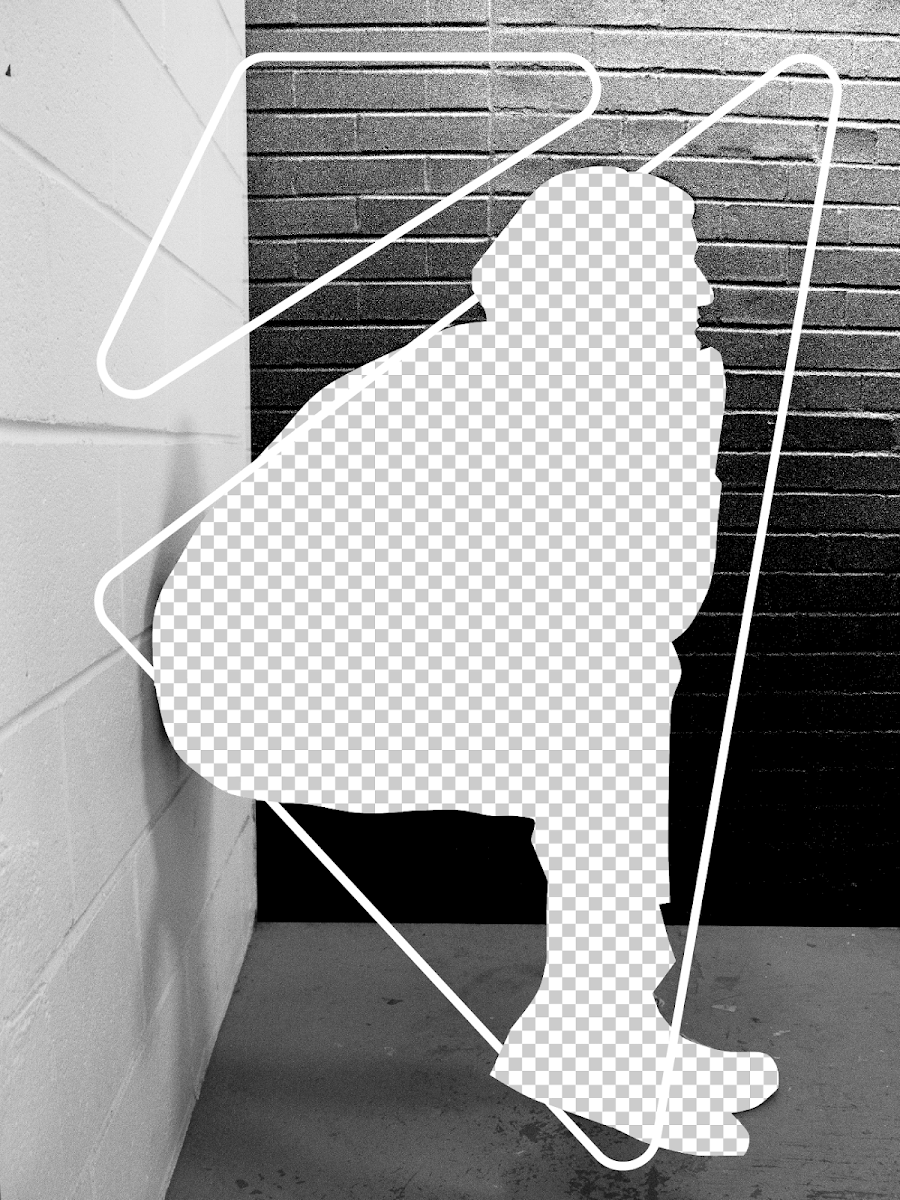
Tejada: In Graphic Design we’ve been thinking a lot about inclusivity and how to make projects more affordable for every student. So this moment will be really good for faculty to see what students can make that doesn’t rely on tons of money, but does rely on tons of creativity and intelligence and ingenuity.
—interview by Robert Albanese / all images courtesy of the artists
April 15, 2020
